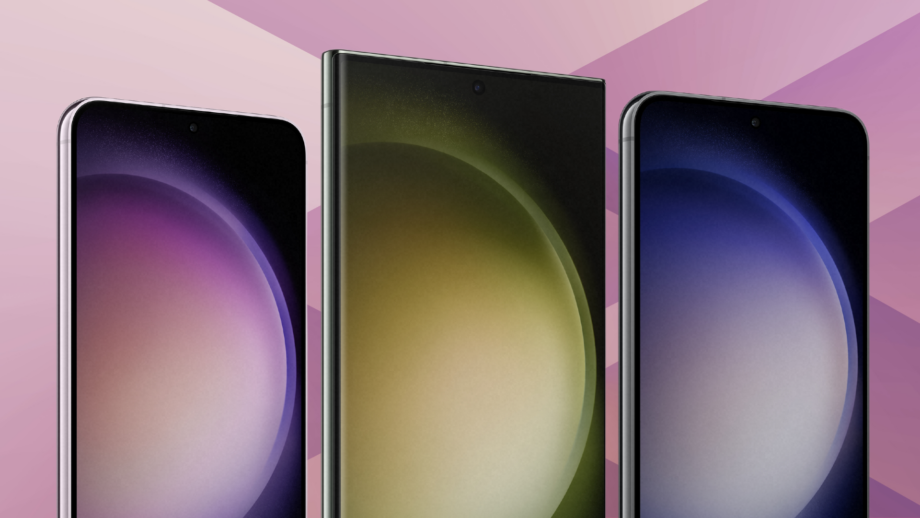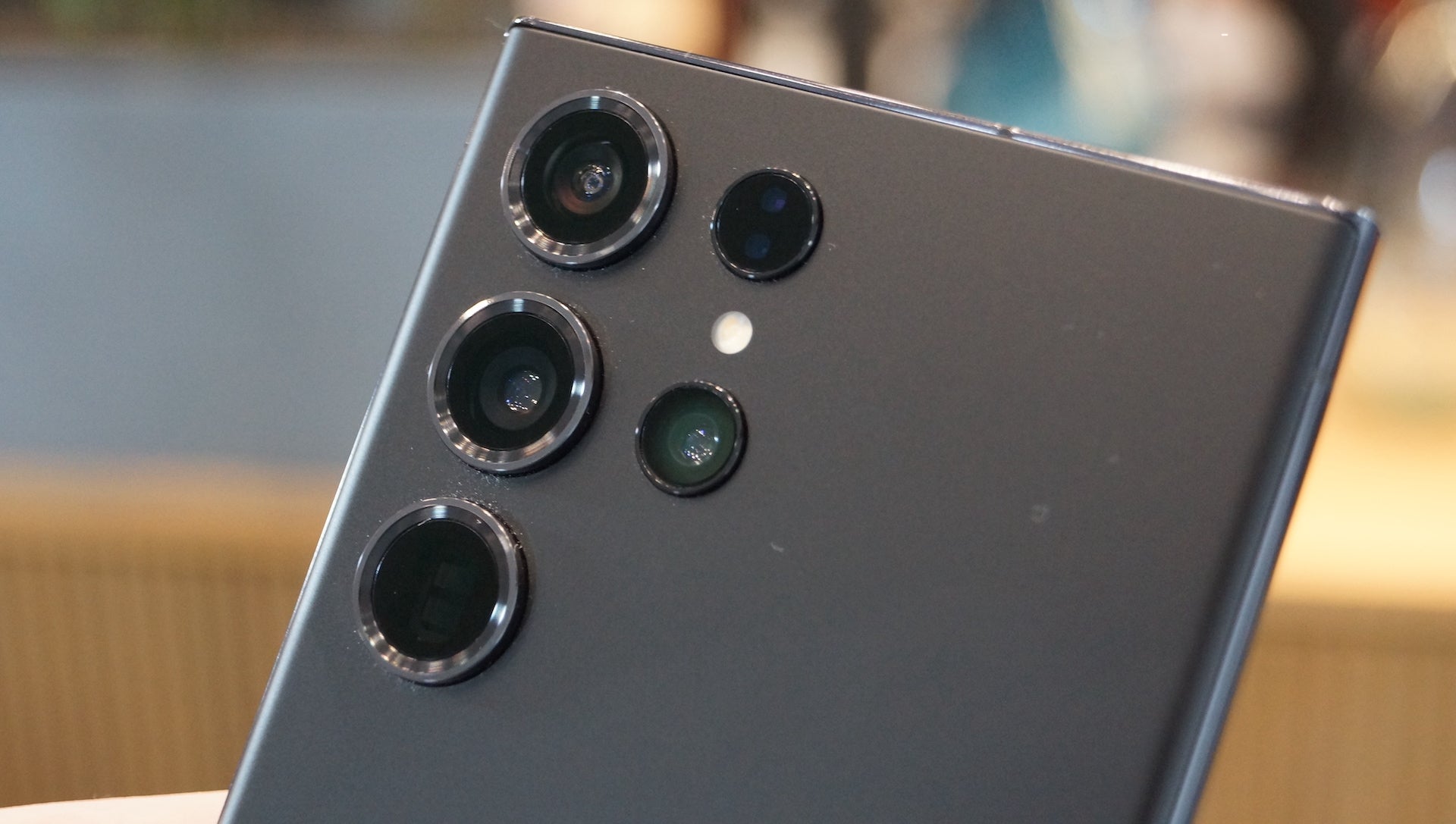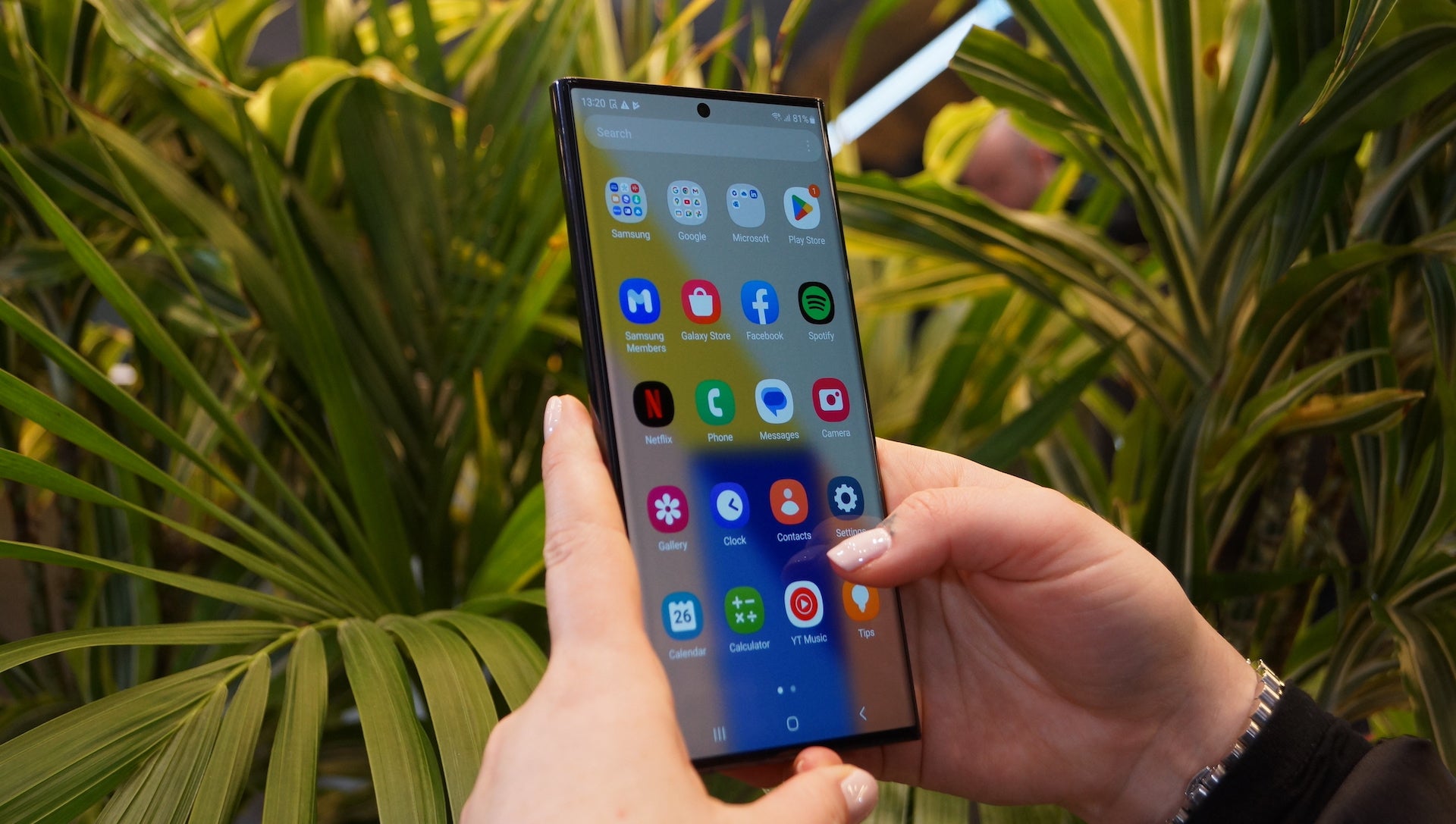4 standout Samsung Galaxy S23 features you need to know about

Samsung has just unveiled its 2023 lineup of flagship phones, including the Galaxy S23, Galaxy S23 Plus and Galaxy S23 Ultra.
We all knew they were coming and Samsung has been teasing their existence for what seems like months now, but at the first Unpacked event of 2023, we finally got all the juicy details on the new S23 family.
While we’ve covered the devices extensively in our Galaxy S23 first impressions, Galaxy S23 Plus first impressions and Galaxy S23 Ultra first impressions, here we’ll go through some of the notable new features for all three devices.
Wider use of Qualcomm chips – even in the UK
In past years, Samsung has typically released different models of its flagship S line of smartphones in different regions. The US market tended to get versions powered by the latest Qualcomm chips, while regions like the UK and Korea made do with Samsung’s own Exynos silicon.
This often led to issues, particularly with the Exynos models, where battery life would vary wildly depending on where you bought the phone. It also felt like neither model really hit its full potential, as Samsung tried its best to keep parity between all models.
That’s all changed this year as Samsung is using the same Qualcomm chipset worldwide, spelling the end (at least in the flagship market) for Exynos chips.
Samsung isn’t just using the standard Snapdragon 8 Gen 2 either. Instead, it partnered with Qualcomm on the 8 Gen 2 for Galaxy, with higher clock speeds and a more efficient Adreno GPU. We’ll have to see what real-world differences these changes actually bring when we get these devices into our labs for testing.
A bigger focus on low-light photography and astrophotography
The camera is the big focus with the Galaxy S23 Ultra this time around. The main sensor now sits at 200MP, up from 108MP, and Samsung is using these extra megapixels to really up its low-light performance. There’s an astrophotography mode for snapping shots of stars (if you’ve got a tripod handy you can take this further), 2x wider OIS and an updated night portrait mode.
Noise reduction algorithms have been added to clear up video shots when it’s dark and you can now shoot 8K/30fps footage at a wider angle.
The regular S23 and S23 Plus look to have very similar rear cameras to last year’s S22 range, though they have both received updated 12MP selfie cameras along with improved Super HDR for better colours.
The regular S23 and S23 Plus have slicker designs, and the screen on the Ultra is flatter
Samsung has tweaked the designs of all the S23 models this year, but you’ll notice it most on the Galaxy S23 and S23 Plus. These both employ a look that’s more akin to the S22 Ultra (and S23 Ultra) with the camera mount ditched for a simpler look. The two-tone colour back has been ditched too.
They look much cleaner as a result, and the whole line feels like one family of devices – something that was missing before.
The S23 Ultra, on the other hand, looks very familiar but it does have a slightly flatter screen that’ll appeal to those who found it a little too curvy before.
Bigger batteries – well, unless you go for the Ultra
We’ve often criticised Samsung’s flagship phones in the past for missing the mark when it comes to battery life. While we haven’t spent enough time with the new models to make a final judgement on battery life yet, we do know that the S23 and S23 Plus have received 200mAh bumps over their predecessors, taking them to 3900 and 4700 respectively. Pair this with the more efficient chip, and hopefully, we’ll see endurance improvements.
There were no improvements to the cell in the S23 Ultra, which stays at 5000mAh, but again the chip improvements could improve efficiency.







